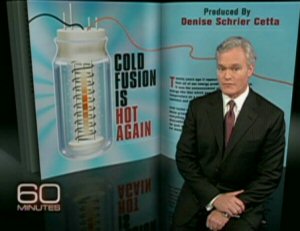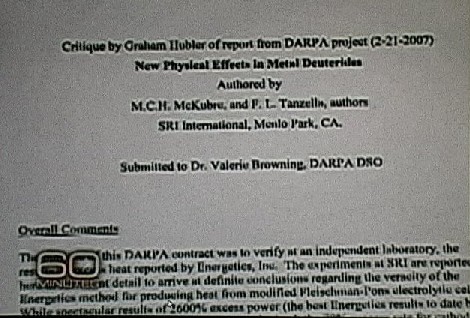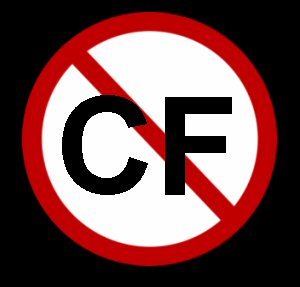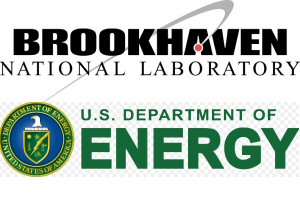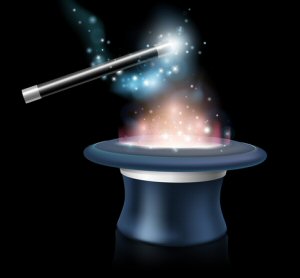
May 21, 2013 – By Steven B. Krivit –
On May 16, Hanno Essén, a theoretical physicist and lecturer at the Swedish Royal Institute of Technology, submitted a paper to arXiv, the physics pre-print server, and claimed that he and several co-authors performed an independent test of an E-Cat device that was built by Andrea Rossi. Essén submitted a revised version of the paper on May 20.
The authors of the paper did not perform an independent test; instead, they were participants in another Rossi demonstration and performed measurements on one of Rossi’s devices in his facility.
New Energy Times stopped counting the Rossi demonstrations after the 13th one on Feb. 12, 2012. (See Andrea Rossi Energy Catalyzer Master Timeline.)
The authors of the paper lack full knowledge of the type and preparation of the materials used in the reactor and the modulation of input power, which, according to the paper, were industrial trade secrets.
The authors didn’t perform any calorimetry and used a method to measure temperature to extrapolate output power that neither they nor anyone in the field of low-energy nuclear reaction research has ever used to analyze for heat power or energy.
In response to a question from New Energy Times about whether he had full knowledge of how to perform and operate the experiment, Essén effectively confirmed that he had not replicated the experiment.
“No, but I am sure that I could repeat it with some effort,” Essén wrote.


